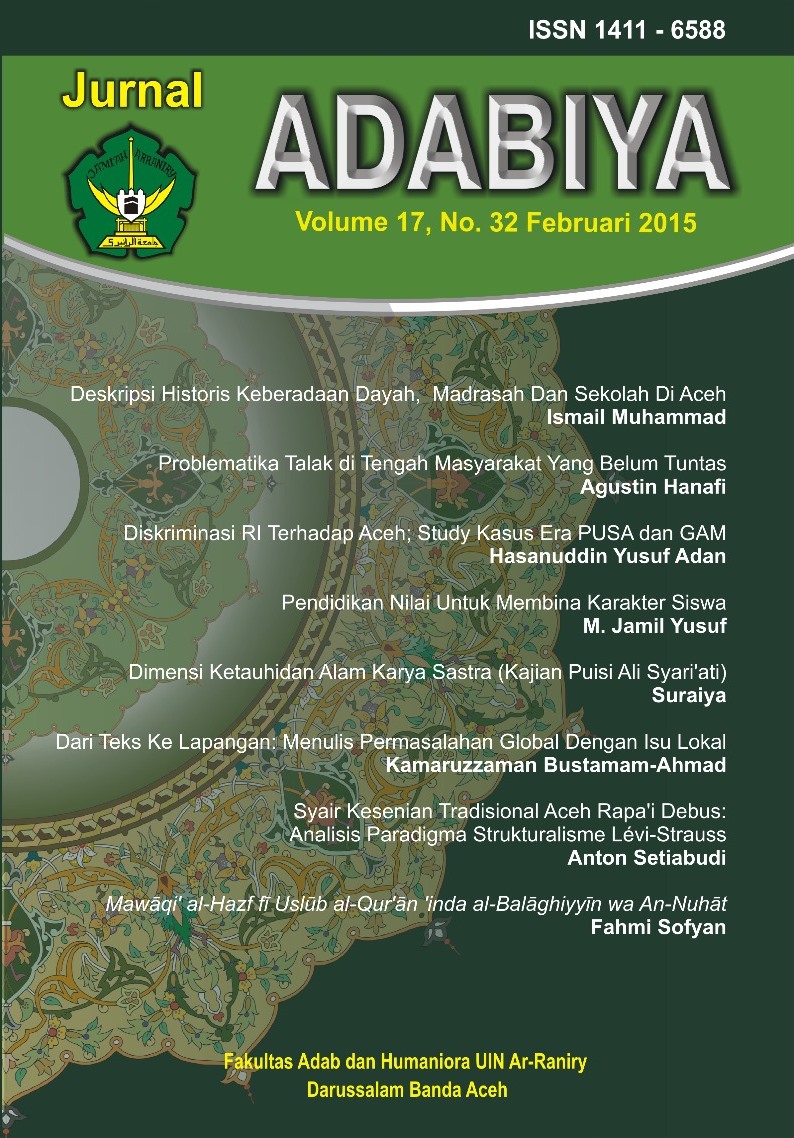References
Henczel, Susan. (2001). The information audit: a practical guide. Saur: Munchen.
Henczel, Susan & Graham Robertson. (2015). Demystifying the information audit. SLA Master Class, Tuesday 16 June, 2015 SLA 2015, Boston
Botha, Hanneri and J.A. Boon. (2003). “Infor- mation Audit: Principles And Guidelines”. Libri, 2003, vol. 53, 23–38.
Badan Litbang dan Diklat Kementerian Agama. (2013). Laporan Tahunan Perpustakaan. Jakarta.



